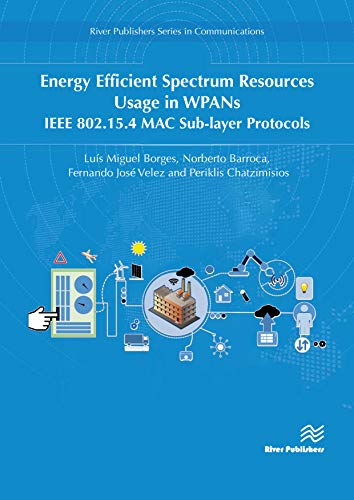

Most ebook files are in PDF format, so you can easily read them using various software such as Foxit Reader or directly on the Google Chrome browser.
Some ebook files are released by publishers in other formats such as .awz, .mobi, .epub, .fb2, etc. You may need to install specific software to read these formats on mobile/PC, such as Calibre.
Please read the tutorial at this link: https://ebookbell.com/faq
We offer FREE conversion to the popular formats you request; however, this may take some time. Therefore, right after payment, please email us, and we will try to provide the service as quickly as possible.
For some exceptional file formats or broken links (if any), please refrain from opening any disputes. Instead, email us first, and we will try to assist within a maximum of 6 hours.
EbookBell Team

0.0
0 reviewsWireless Sensor Networks (WSNs) and the Internet of Things are facing tremendous advances both in terms of energy-efficiency as well as in the number of available applications. Consequently, there are challenges that need to be tackled for the future generation of WSNs. After giving an overview of the WSN protocols and IEEE 802.15.4 standard, this book proposes IEEE 802.15.4 Medium Access Control (MAC) sub-layer performance enhancements by employing not only RTS/CTS combined with packet concatenation but also scheduled channel poling (MC-SCP). Results have shown that the use of the RTS/CTS mechanism improves channel efficiency by decreasing the deferral time before transmitting a data packet. Furthermore, the Sensor Block Acknowledgment MAC (SBACK-MAC) protocol enables more efficiency as it allows the aggregation of several acknowledgement responses in one special Block Acknowledgment (BACK) Response packet. The throughput and delay performance have been mathematically derived under both ideal conditions (a channel environment with no transmission errors) and non-ideal conditions (with transmission errors). Simulation results successfully validate the proposed analytical models. This research reveals the importance of an appropriate design for the MAC sub-layer protocol for the desired WSN application. Depending on the mission of the WSN application, different protocols are required. Therefore, the overall performance of a WSN application certainly depends on the development and application of suitable e.g., MAC, network layer protocols.